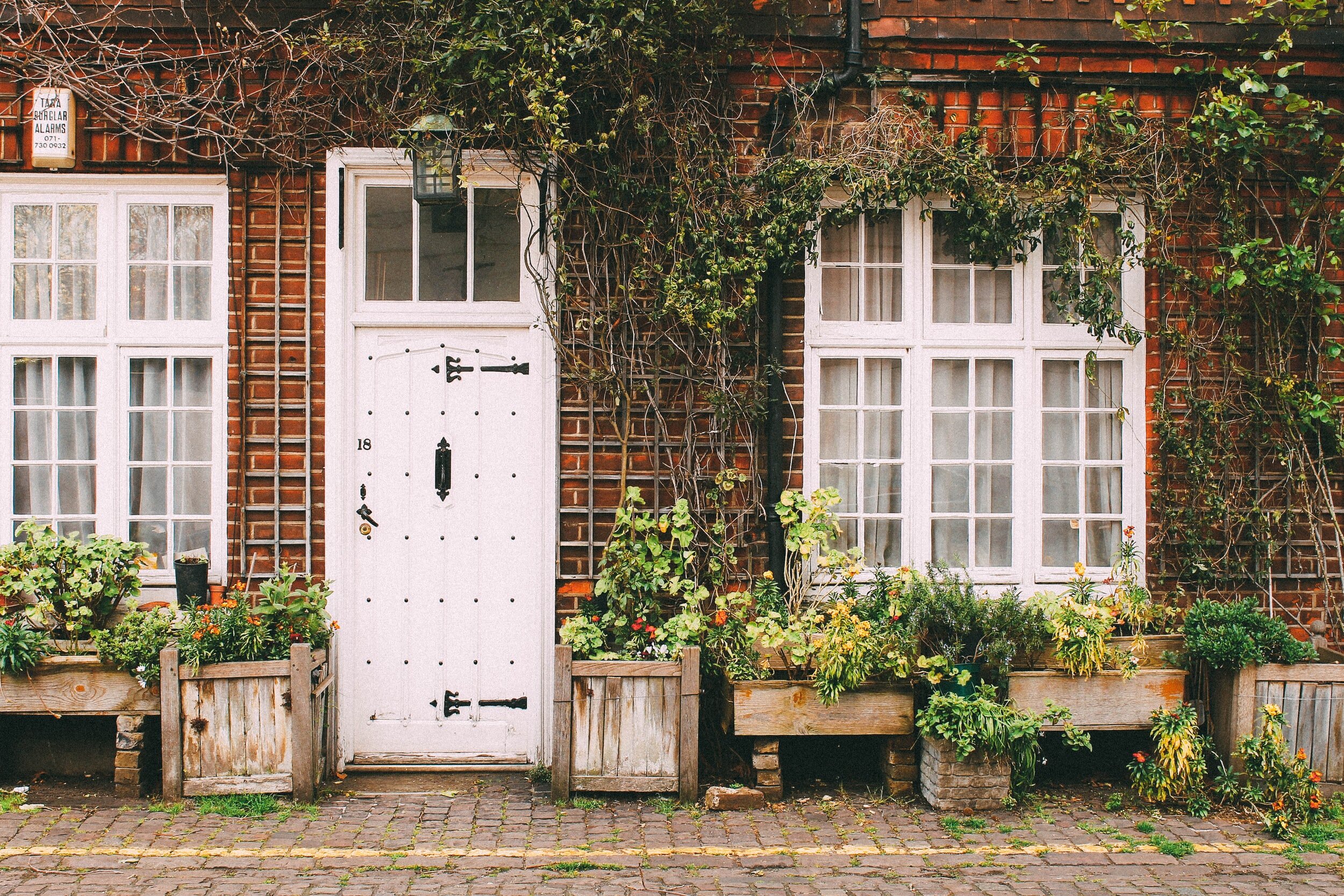CLAY BRICKS VS CONCRETE BRICKS – WHAT IS THE DIFFERENCE?
All bricks are not created equal and if you are considering buying a home or own a home you may be interested in some of the differences between clay brick and concrete brick, both of which are used extensively in Chicago.
The following excerpts from an article from Bricks inc. explain the differences between these two materials.
Throughout the course of history, brick has been one of the most versatile and widely used materials for construction. Brick is made by mining clay, a natural material, and creating slurry, which is extruded through a machine. The end or cap where the brick comes out is referred to as a “pug”. The pug determines the size and sometimes the texture of the brick. Once the brick is cut and dried, it is fired in kilns at up to 2,000 degrees.
Brick walls often served as the structure, weather barrier, vapor retarder, insulator, and sometimes the interior finish of a structure.
Brick buildings, up until the introduction of concrete masonry units (CMU), were built by stacking multiple wythes of brick and tying them together. The wythes of brick supported the load of the structure. Flemish bond was a common way of tying multiple wythes of brick together.
The advent of Cinder Block in 1917 changed this method of construction. Now CMU supports the weight of the structure and the brick acts as a veneer to conceal the CMU.
Other advances that helped make clay masonry what it is today was the creation of portland cement. Portland cement gave mortar much higher compressive strengths, giving a brick wall even more overall strength.
The most significant difference between CMU and brick is how the materials are manufactured. CMU is made of portland cement and aggregates, usually sand and gravel. CMU is cured at high humidity and temperatures to create a bond between the cement and aggregates.
The differences in manufacturing and material content give CMU and brick very different physical properties, affecting the units long after they are installed. CMU will shrink while brick expands. Therefore, CMU requires control joints while brick requires expansion joints. Control joints are meant to control the cracking that occurs due to the units shrinking. Over time the sealant used in control joints must be replaced. The units must be sealed and the mortar must also contain a sealant; all of which add to its installed cost. Brick buildings will continue to expand for the first couple of years, ultimately giving them a tighter seal.
The color of brick is dictated by the color and type of clay that is mined. CMU’s color is based on pigments that are used to paint the units. Overtime, the weathering these units must incur can fade the pigments. Clay tends to retain color and structural appeal much longer than cement.
CMU’s physical properties also explain why its absorption rate is different from brick. CMU is a very porous material and will absorb water at much higher rates than brick.
If you are using brick for decorative purposes, then concrete may be your better option. When it comes to brick shape, concrete is a much more versatile product. Concrete brick comes in a myriad of shapes – from squares and triangles to octagons and trapezoids. Clay, on the other hand, is typically limited to more traditional shapes such as rectangles. Concrete can also be stamped or textured to provide unique visual appeal.
Please consult a qualified Home Inspector for answers to more detailed questions about these materials and how they may relate to a specific property.
Source – Bricks Inc

